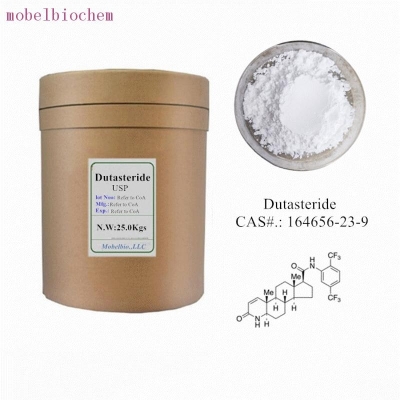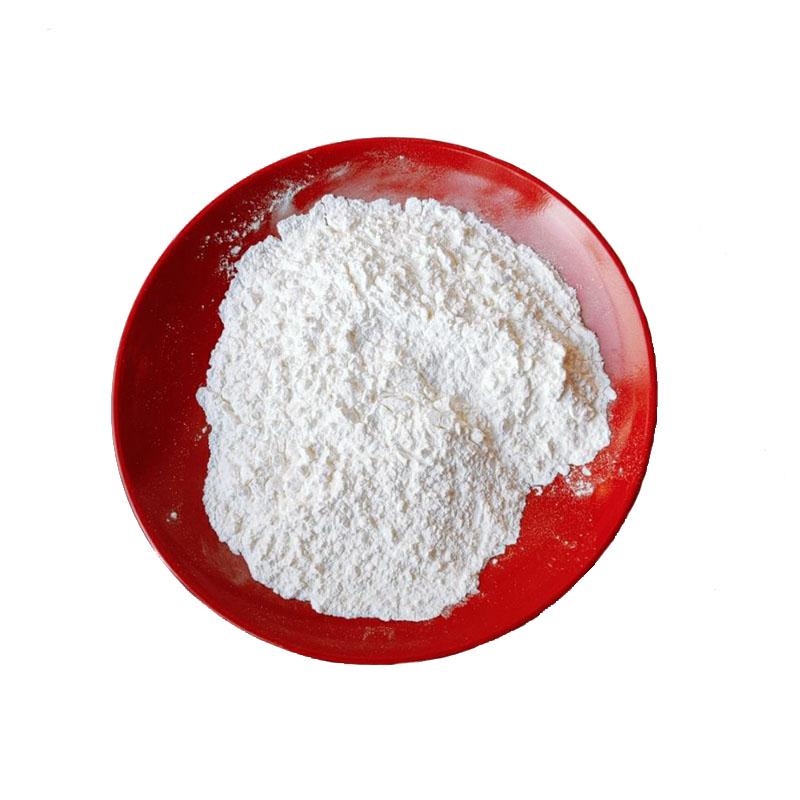-
Categories
-
Pharmaceutical Intermediates
-
Active Pharmaceutical Ingredients
-
Food Additives
- Industrial Coatings
- Agrochemicals
- Dyes and Pigments
- Surfactant
- Flavors and Fragrances
- Chemical Reagents
- Catalyst and Auxiliary
- Natural Products
- Inorganic Chemistry
-
Organic Chemistry
-
Biochemical Engineering
- Analytical Chemistry
-
Cosmetic Ingredient
- Water Treatment Chemical
-
Pharmaceutical Intermediates
Promotion
ECHEMI Mall
Wholesale
Weekly Price
Exhibition
News
-
Trade Service
The occurrence and development of major diseases (including tumor, cardiovascular, metabolic diseases) is the main factor leading to patient death, with the theoretical development of modern medicine and scientific and technological progress, people have found the importance of redox balance in maintaining human health and homeostasis
。 Oxygen imbalance is the early cause of the occurrence of major diseases, so China's scientific community set basic and clinical experts from various disciplines have successively held the Oxygen Balance and Major Diseases Xiangshan Scientific Conference and the Oxygen Balance Strategy and Transformation Seminar, and formed a consensus of "oxygen balance, regulation and treatment" (link: #/xsscNew/detailsNew/ff7b3676f2c0c41d0cb21bb7115b79ad), but how to define the balance, And to guide rational interventions (i.
e.
, finding and establishing biomarkers that reflect equilibrium or steady state), breakthroughs still need to be made through a multidisciplinary cross-section
.
As a chronic metabolic disorder, diabetes is a global public health problem
.
Therefore, Shi Dongyun's research group carried out relevant research
on redox balance with diabetes as the starting point.
Type 2 diabetes is characterized by abnormal glucose metabolism in the body, with hyperglycemia, the source of which is related
to the redox imbalance of the liver.
Exercise and antioxidant nutrient interventions, as two important natural remedies, can substantially improve
high blood sugar in diabetic patients through ROS-mediated mechanisms.
However, the markers of antioxidant and exercise interventions to achieve redox balance remain unclear, hindering the effective prevention and treatment
of diabetes.
Therefore, exploring the quantitative assessment of the body's redox equilibrium state in diabetes and the definition of the redox equilibrium threshold can effectively guide the precise intervention of redox equilibrium and the individualized treatment
of drugs.
On September 27, 2022, Professor Shi Dongyun's research group of Fudan University School of Basic Medicine published a report titled Hepatic AMPK signaling activation in response to dynamic REDOX balance is a biomarker of exercise to improve blood glucose in eLife magazine control's article
.
By comparing exercise and antioxidant interventions in rats with type 2 diabetes, the authors found for the first time that moderate exercise can achieve higher levels of redox balance in the liver by increasing compensatory antioxidant capacity
.
Instead, antioxidant interventions achieve low levels of redox equilibrium
by inhibiting oxidative stress.
Both interventions can promote glucose catabolism and inhibit gluconeogenesis by activating liver AMPK signaling, thereby improving diabetes and maintaining a healthy homeostasis in the
body.
Moderate exercise can alleviate symptoms of many disorders, including mental, neurological, metabolic, cardiovascular, pulmonary, musculoskeletal, and even cancer(1
).
While the benefits of exercise are irrefutable, excessive exercise is harmful
.
However, there is not yet a suitable biomarker
on how to define moderate and excessive exercise.
The authors found in previous work that regulating the liver's redox balance can improve blood sugar control (2
).
In this study, the authors found that during exercise, different levels of ROS produced by exercise have different regulatory effects
on the activity and expression of AMPK in the liver.
The ROS produced by moderate exercise promotes the activation
of AMPK glutathioneization in the liver.
However, excessive exercise impaired mitochondrial function, increased oxidative damage, and inhibited the activity and expression of AMPK
.
The authors are the first to propose that the activation/degradation of AMPK binds to oxidative damage could be studied as a "sentinel biomarker" marker for changes in oxygen reactivity status during diabetic exercise interventions to analyze redox equilibrium state thresholds that distinguish between moderate and excessive exercise to guide appropriate exercise or antioxidant interventions
.
It is worth noting that the beneficial effects of moderate exercise can be counteracted by antioxidant supplements, and in the case of excessive exercise, antioxidant supplementation may inhibit the damage caused by excessive ROS and restore the body's healthy homeostasis, so there is an urgent need to find markers
that define the threshold of oxygen balance 。 The discovery of oxygen also equilibrium markers in this study can help define the threshold range of equilibrium, and the authors used a bell curve to describe the relationship between ROS and physiological function under exercise and antioxidant interventions, and proposed the appropriate timing and extent
of exercise and antioxidant supplementation.
In summary, controlled individualized interventions within the redox equilibrium threshold are essential
for the effective treatment of patients with diabetes.
This study provides a theoretical basis for the precise regulation of diabetes by antioxidants and exercise, and also has guiding significance
for the prevention and treatment of sub-health and other diseases.
eLife Editor-in-Chief Review: This work illustrates the different regulatory mechanisms of exercise and antioxidant interventions to redox balance/redox states that reveal how to improve glycemic control and thus effectively manage diabetes
.
At the same time, the paper was selected for the "eLife digest" Science Digest Review Report
.
Professor Shi Dongyun of the School of Basic Medicine of Fudan University is the corresponding author of this paper, and this work has been guided by Professor Liu Shanlin, a senior expert in free radical medicine in China and Professor Liu Shanlin of Shanghai Medical College of Fudan University, and has been completed
by relevant experts from the School of Basic Medicine of Fudan University and the Redox Medicine Center of China Normal University.
Professor Shi Dongyun's research group has long been engaged in the research of free radical redox medicine, which is also a response to the strategic consensus of the Xiangshan Scientific Conference "Redox Balance and New Strategies for the Prevention and Treatment of Major Diseases" and some of the breakthrough work
made 。 Welcome experts and scholars from various disciplines interested in redox medicine to cooperate in research, promote the basic and clinical multidisciplinary intersection and translational research of redox medicine, and promote the development of modern oxygen renewal medicine and new diagnosis and treatment technologies of oxygen rebalancing (link:
。
Original link:
https://pubmed.
ncbi.
nlm.
nih.
gov/36155132
Plate Maker: Eleven
References
1.
Luan X, Tian X, Zhang H, Huang R, Li N, Chen P, et al.
Exercise as a prescription for patients with various diseases.
J Sport Health Sci.
2019; 8(5):422-41.
2.
Wu M, Liao L, Jiang L, Zhang C, Gao H, Qiao L, et al.
Liver-targeted Nano-MitoPBN normalizes glucose metabolism by improving mitochondrial redox balance.
Biomaterials.
2019; 222:119457.
Reprint Notice
【Non-original article】The copyright of this article belongs to the author of the article, welcome individuals to forward and share, without the author's permission is prohibited from reprinting, the author has all legal rights, violators will be prosecuted
.







